Japanese submarine, sunk in WWII and later bombed by salvager, is VR ready
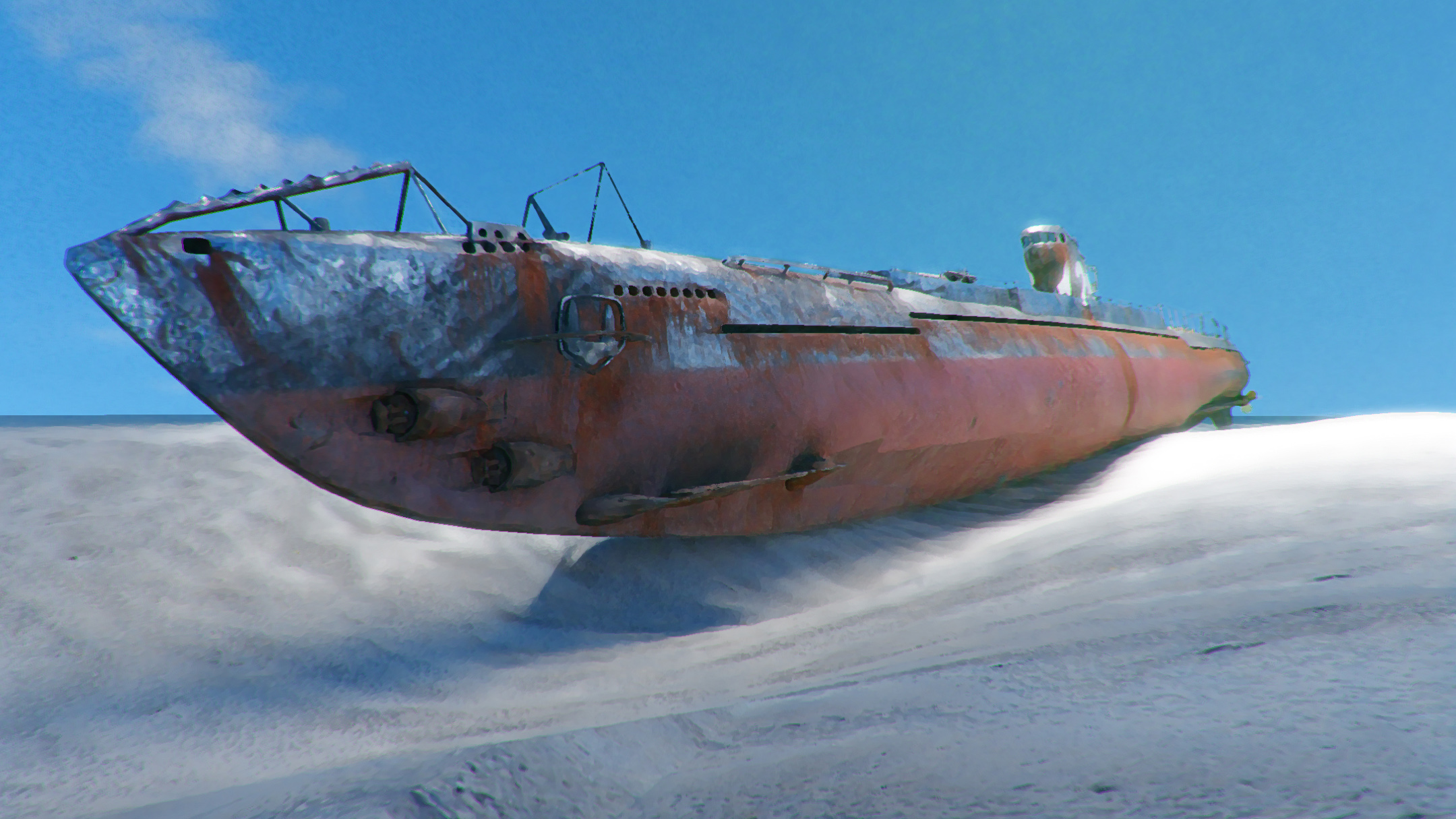
A new virtual-reality experience brings to life the wreck of a WWII Japanese submarine that almost met its demise twice; after the Allies sank it in 1942, the sub was then bombed with explosives 30 years later by an angry salvager who wanted its scrap metal. The VR video is based on a recent survey of the site.
The wreck of the I-124 submarine, on the seafloor about 50 nautical miles (90 kilometers) northwest of the Australian city of Darwin, is protected as a war grave — roughly 80 crewmen were on board when it was sunk by Allied forces in 1942.
That designation means that most divers are forbidden from visiting the wreck, with such access being strictly controlled; so the new VR experience is a rare chance for people to see what the wreck now looks like, maritime archaeologist John McCarthy of Flinders University in Adelaide, Australia, said in a statement.
Related: Photos: WWI-era German submarine wreck discovered off Scotland coast
Versions of the new video are available on YouTube in English and Japanese, as historical interest in the wreck is especially strong in Australia and Japan, according to the statement. Both recordings can be viewed with VR headsets, or as "immersive video" on flatscreen devices, such as computer monitors and smartphones.
"Drawing on our data, and historic ship plans and photographs, we've created a virtual dive experience in which the video takes the viewer through the data gathering process, and then takes you down into the deep, to experience the wreck firsthand," McCarthy said.
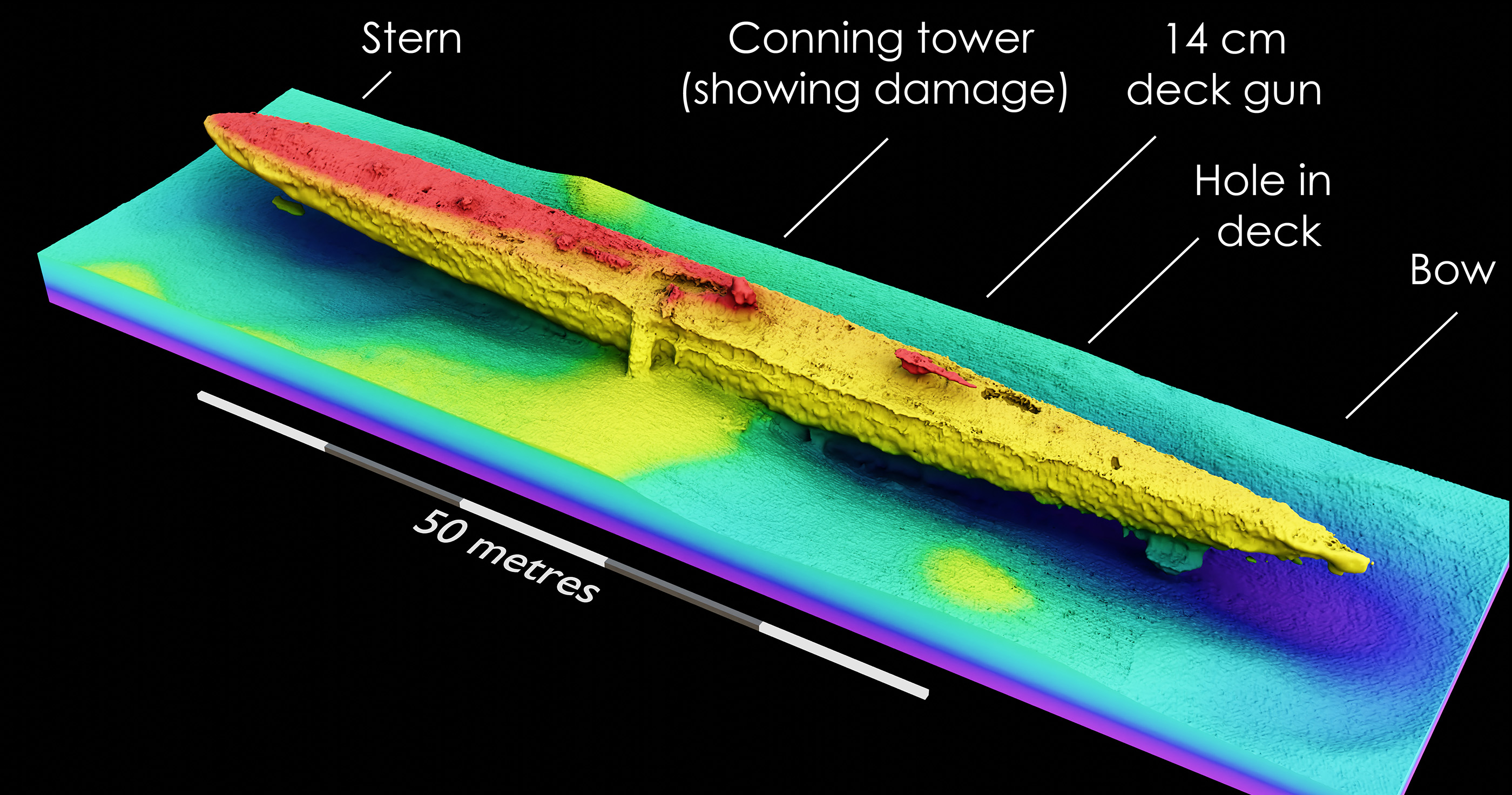
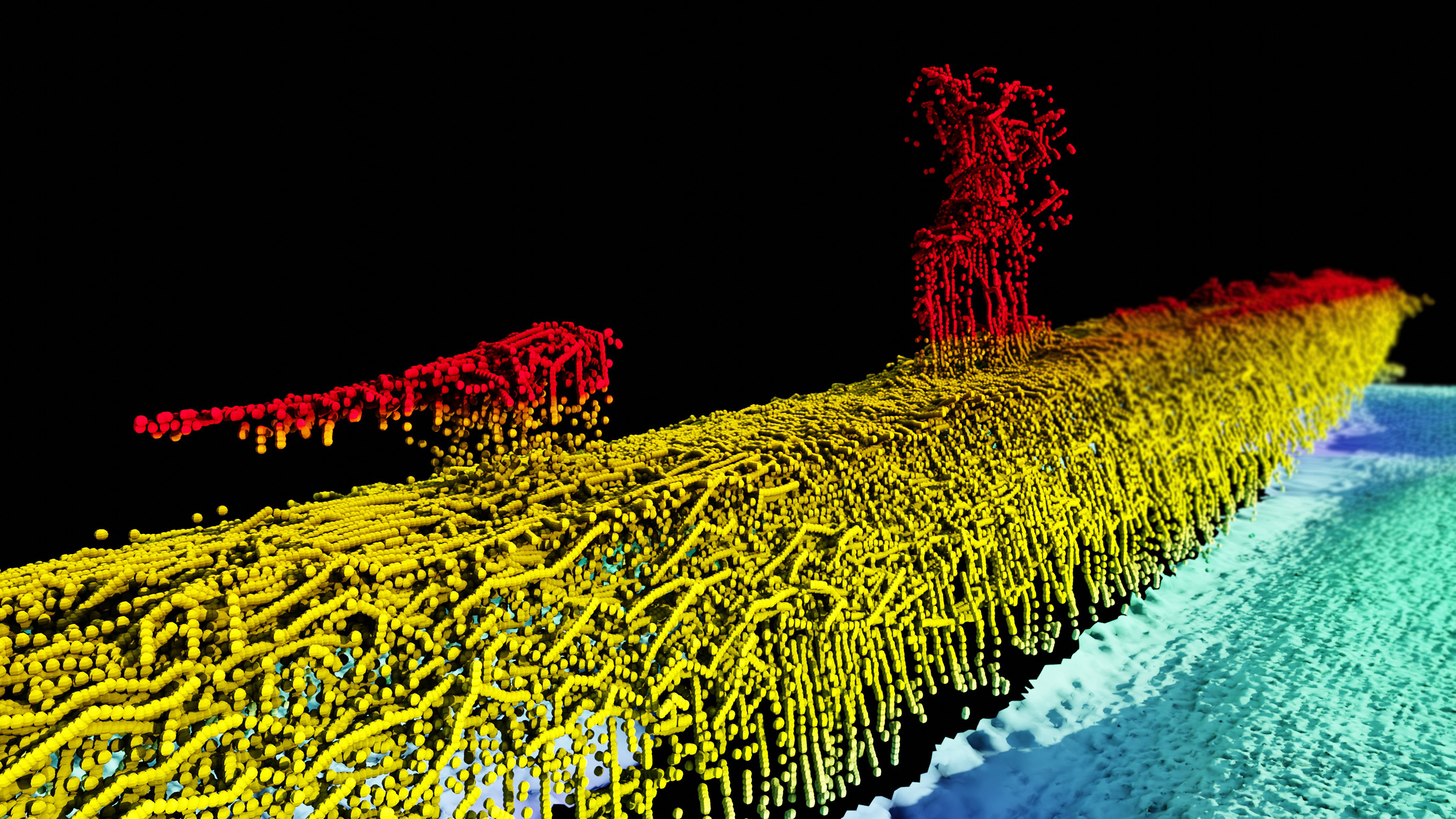
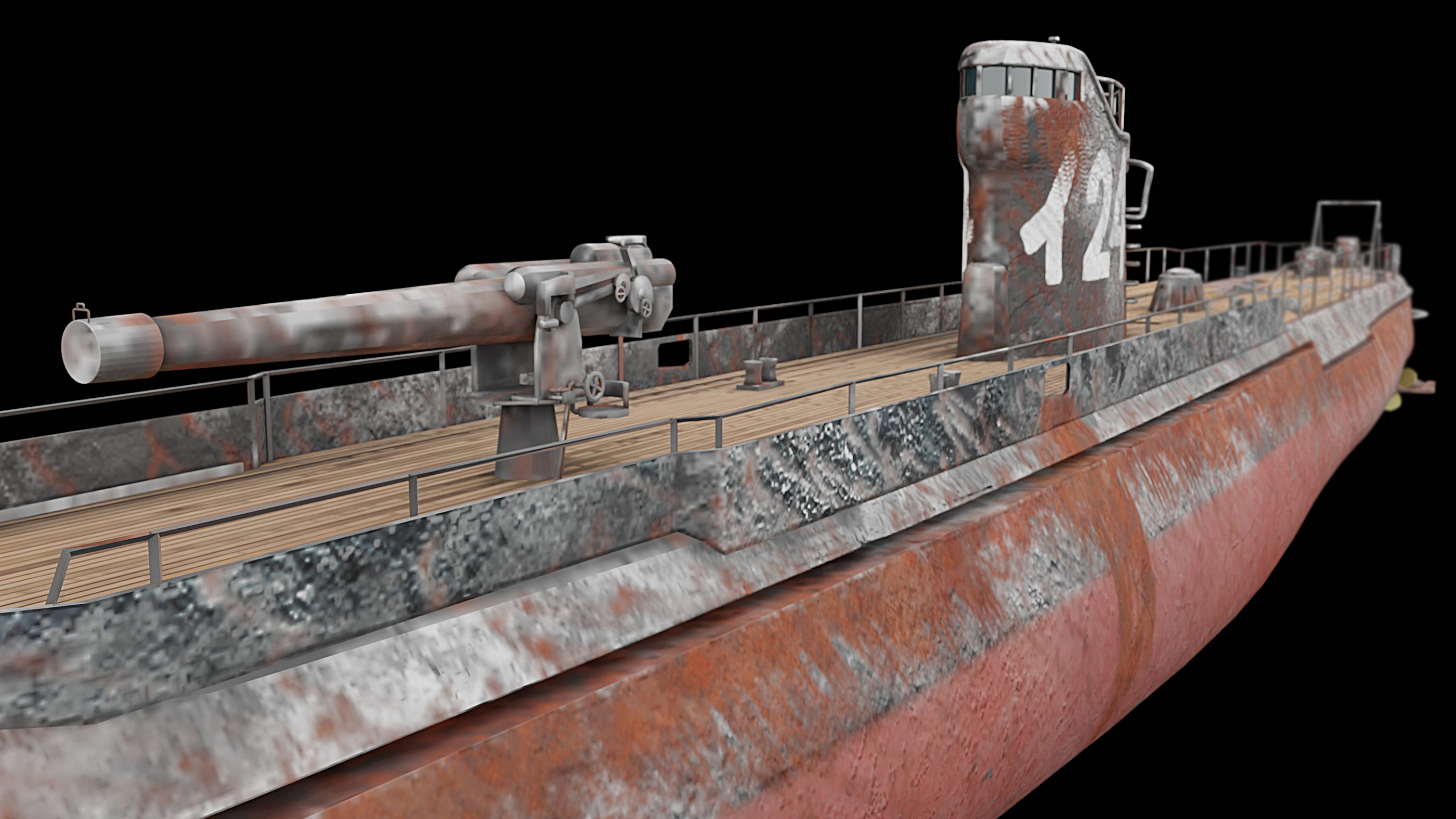
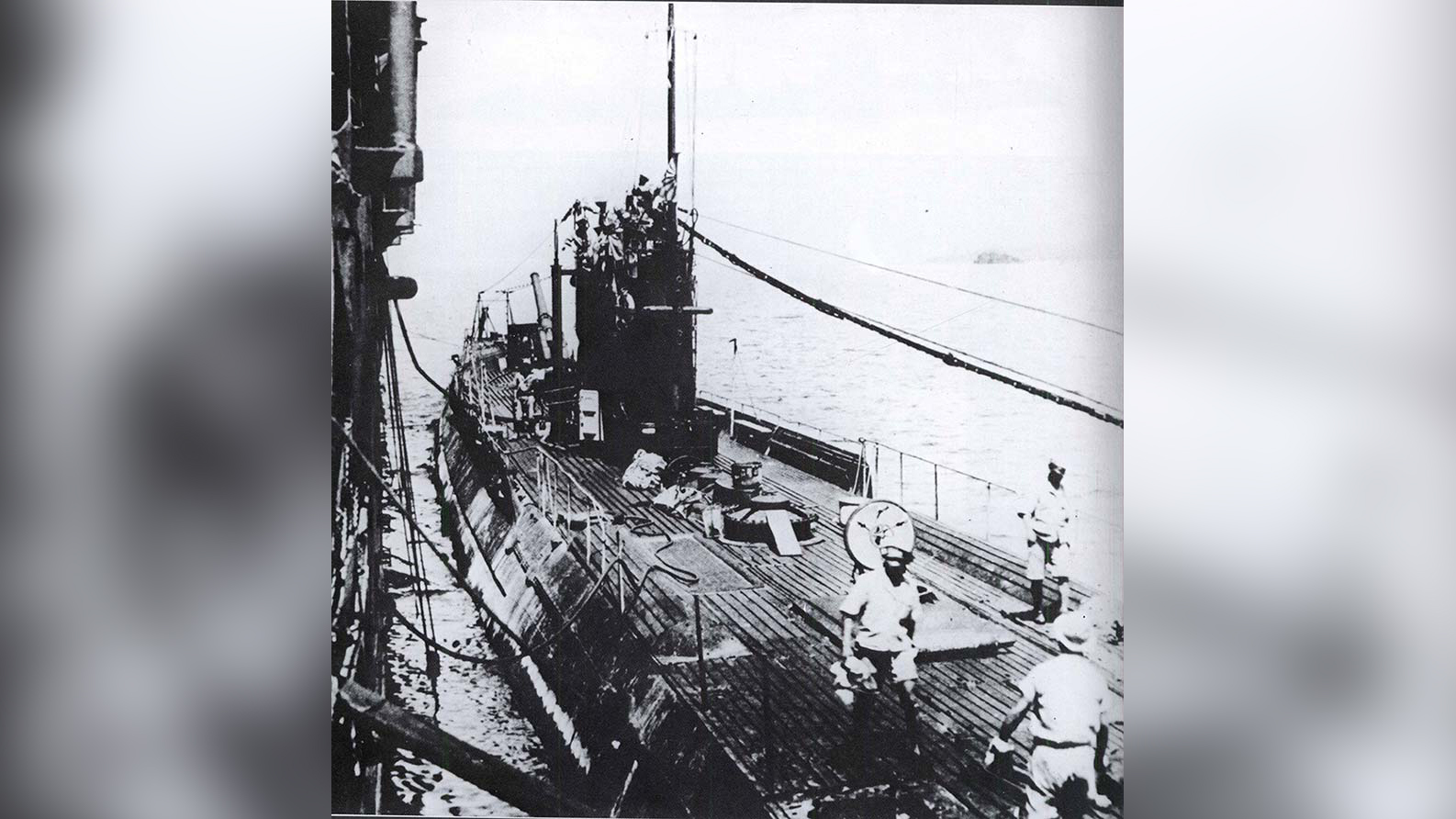
Battle at sea
I-124 was built in the late 1920s for the Imperial Japanese Navy. It was one of a new class of submarines based on a German Type UB III U-boat that had been given to Japan as part of reparations after WWI.
Get the world’s most fascinating discoveries delivered straight to your inbox.
During WWII, I-124 was active off the coast of Darwin, laying mines and raiding enemy ships. But Allied code breakers intercepted its radio signals back to Japan, leading Australian warships to track it down on Jan. 20, 1942 — almost exactly 80 years ago.
Related: What is the oldest-known archaeological site in the world?
A fierce battle ensued, including a near-miss of an Australian minesweeper, His Majesty's Australian Ship (HMAS) Deloraine, by one of the sub's torpedoes. But I-124 was badly damaged by depth-charges from the warships and an aerial bomb from an Australian warplane. The submarine then sank to the bottom with all its crew on board.
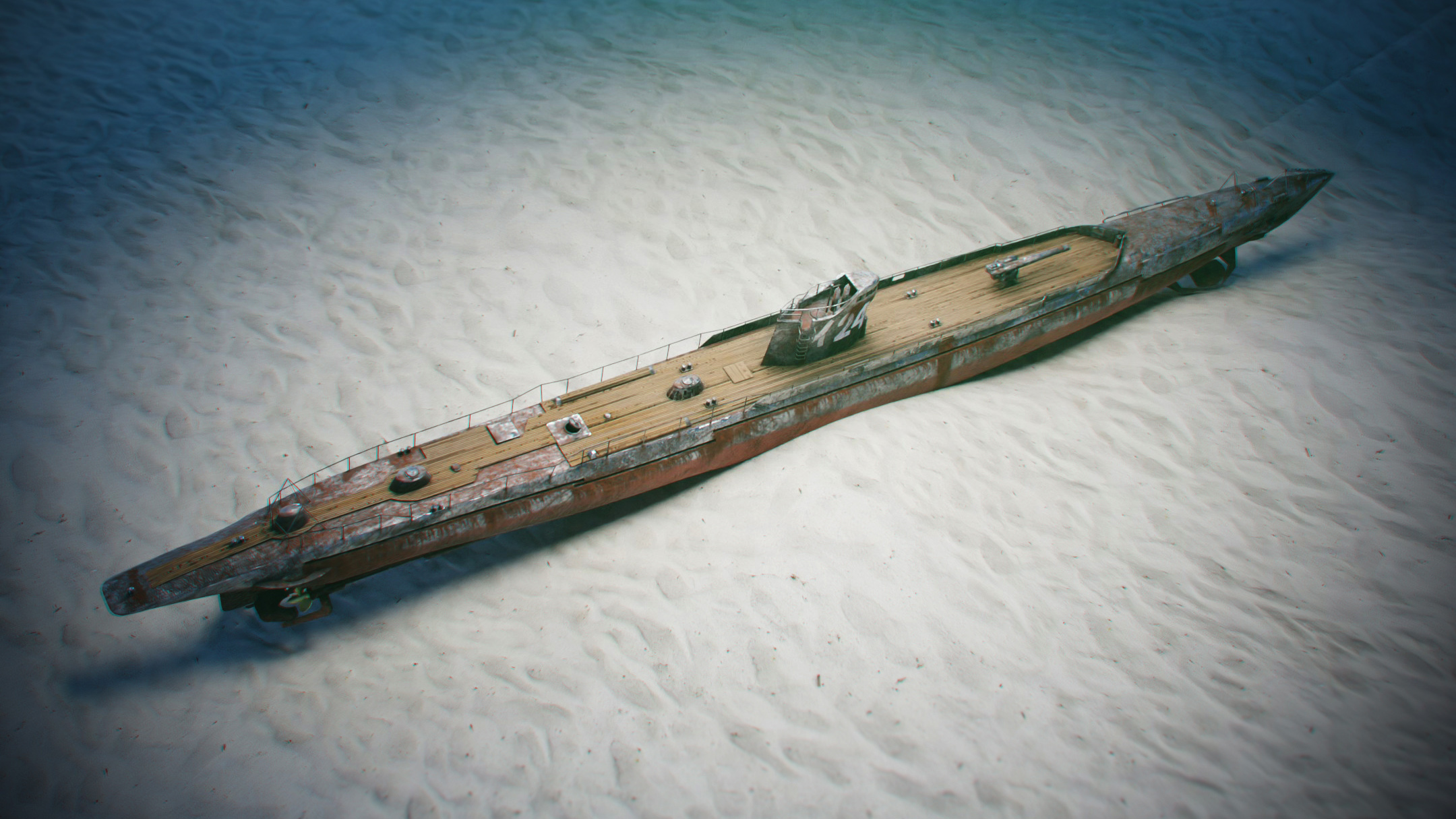
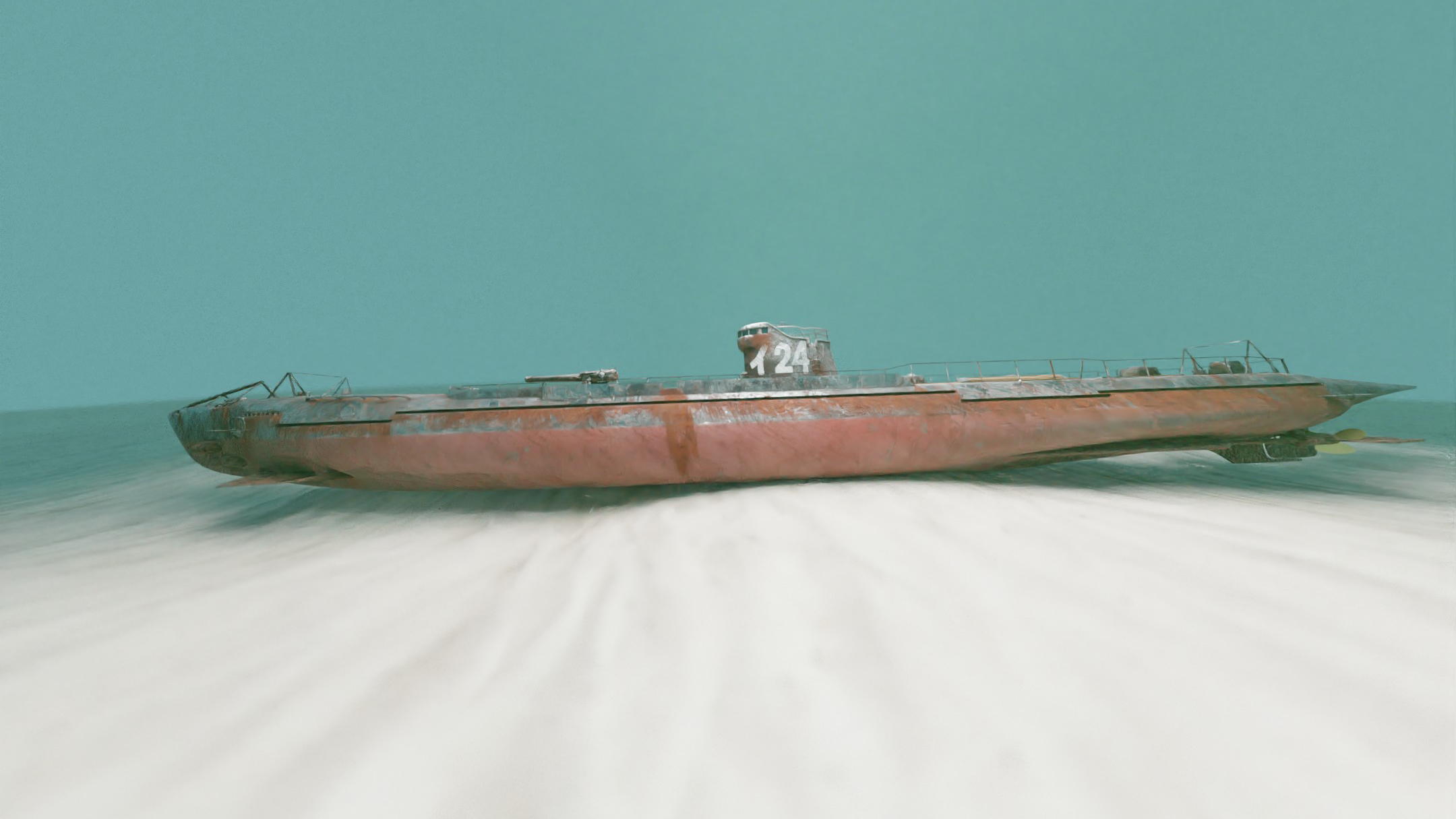

But the story doesn't end there. According to a 1990 historical report at the Western Australian Maritime Museum, salvagers from the New Hebrides (now Vanuatu) discovered the wreck of I-124 in 1972 after a six-week search.
Although the Japanese government considered the wreck a war grave, the salvagers hoped to sell anything they recovered from the wreck, reportedly for up to 2.5 million Australian dollars — about $10 million in today's money.
In 1977, after it had become clear that Japan didn't want the wreck disturbed, one of the salvagers bombed it with explosives in an attempt to force a negotiation, severely damaging its conning tower, according to the report.
Protected wreck
Later that year, the wreck of I-124 was secured by the Australian Navy and the site was protected as a war grave under Australian law — the first wreck so designated.
Maritime archaeologists have monitored the wreck since then, and the new VR is based on a remote sonar survey conducted at the site in October 2021 by a team including McCarthy, other scientists and the crew of the Australian Institute of Marine Science research ship Solander, according to the statement.
"The archaeological survey shows that the wreck is in good condition, but with some signs of degradation of the outer hull that require further investigation," McCarthy said.
Diving to the wreck is difficult at the best of times. According to the VR, it lies on the seafloor in an area with poor visibility and strong tides. It sits at a depth of about 150 feet (45 meters), so divers using regular breathing gases can stay there only for a few minutes at a time.
As a result, the Heritage branch of Australia's Northern Territory regional government is planning a technical dive to the wreck, using advanced breathing gases to let divers stay there much longer, in order to conduct an in-depth visual and photographic survey, the narration of the VR reported.
Originally published on Live Science.
Tom Metcalfe is a freelance journalist and regular Live Science contributor who is based in London in the United Kingdom. Tom writes mainly about science, space, archaeology, the Earth and the oceans. He has also written for the BBC, NBC News, National Geographic, Scientific American, Air & Space, and many others.


